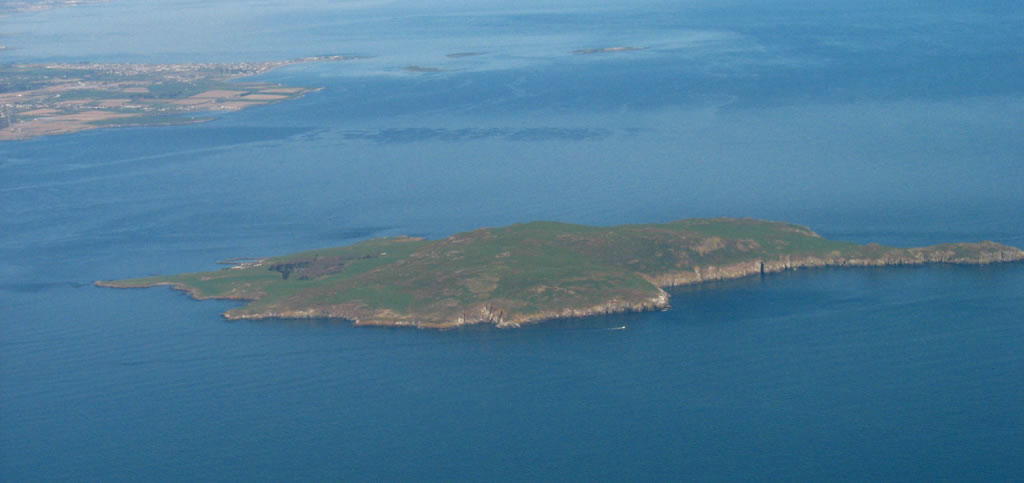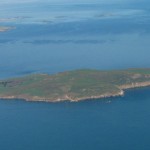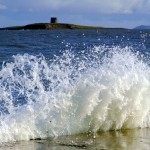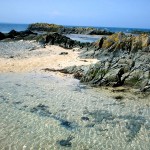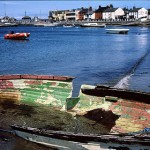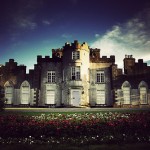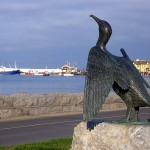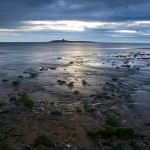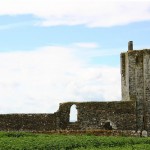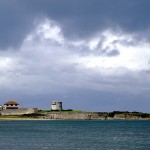History of Lambay Island
Lambay Island is situated about six miles from Skerries. It is the largest island off the east coast of Ireland and is about 1,371 acres in size. The ancient Greek writers Pliny and Ptolemy knew about the island and referred to it as Limnus or Limni. Implements and other objects from the New Stone Age and early Bronze Age have been found on the island. Gold ornaments from the Iron Age have also been found on the island.
This indicates that Lambay was inhabited at a very early period. Its early Irish name,”Reachra,” was eventually replaced by the Danish Lambay, meaning Lamb Island. This name probably originated with the practice sending over ewes to the island in spring and allowing them to remain there until the Autumn. In early Christian times it was the site of a monastery which was reputed to be the first place on the coast of Ireland to be attacked by the Danes, in the year 795 A.D. Later for some centuries it seems to have been the haunt of pirates. In the 15th century the king of England, who then bore the title of ”Lord of Ireland,” granted the island to the prior of Holmpatrick.
In 1551, after the dissolution of the monasteries it was given to John Challoner and his heirs, provided that he built a village to house the fishermen, a place of refuge for them in case of attack, and a harbour for their boats. Challoner did this. He brought from England a colony of “the king’s subjects” to inhabit the island and make it free from pirates and smugglers. A curious many sided building, raised on arches, with battlements and spike holes, which commands a view in all directions, is still standing on the island. This seems to be the “place of refuge from attack” which was built by Challoner. During the Williamite wars the island was used as an interment camp for Irish soldiers. More then one thousand of them were imprisoned there after the battle of Aughrim in 1691. Early this century a castle was built on Lambay Island with Milverton limestone.
Each stone was shaped from an individual template supplied by the architect, Sir Edwin Luytens. The castle has no right angles. Luytens was a famous English architect and town planner. He planned the principal buildings of New Delhi, in India. At one time there were 62 stone cutters at work on the island as the building progressed. To day the island is a bird sanctuary. It is now owned by Lord Revelstoke. Permission to visit must be obtained from his steward on the island.
- Back to: History of Skerries Index Page.

